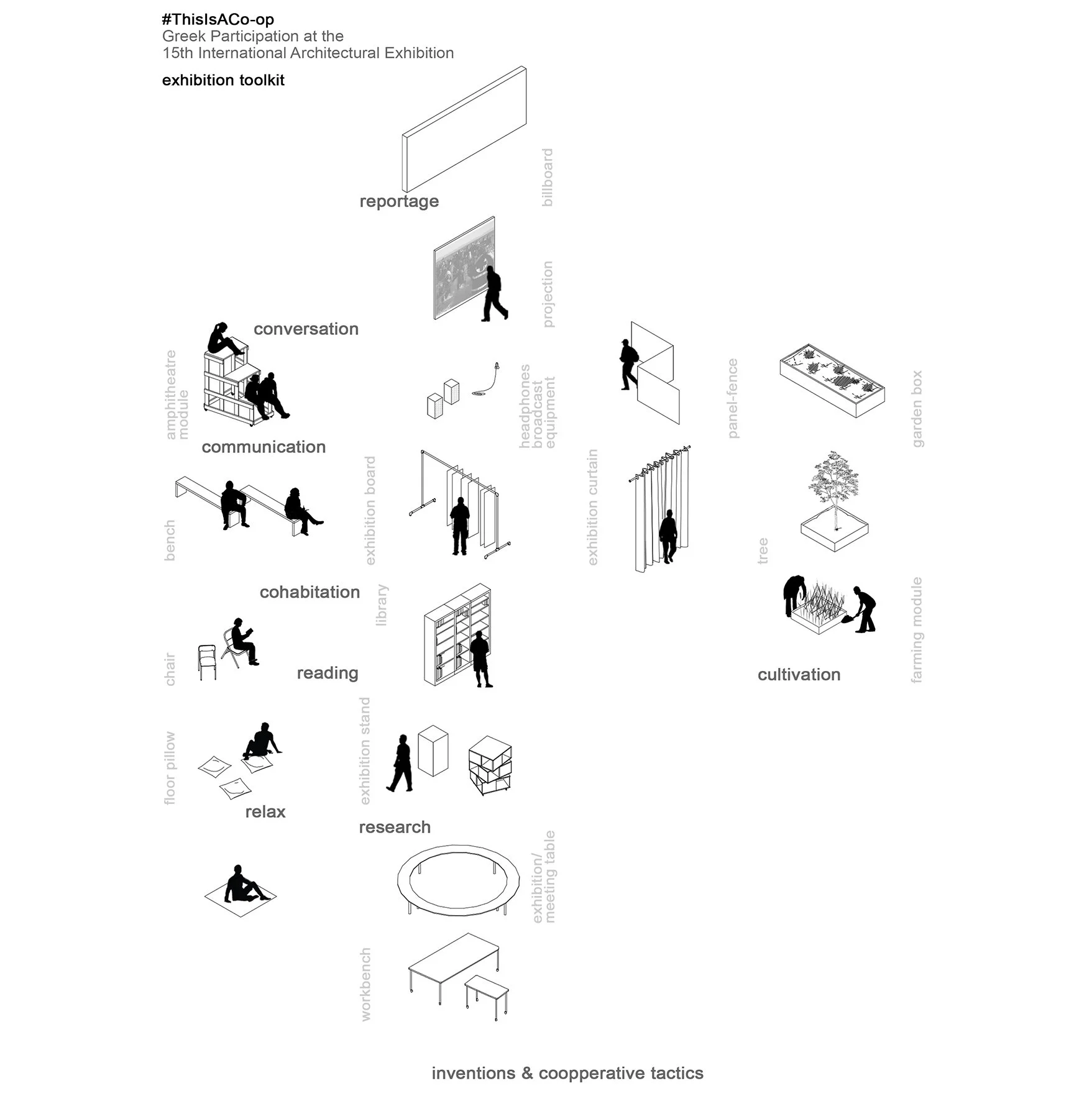Drawing on the proliferation of urban voids and modern ruins, it has been noticed over recent years an emerging trend that expresses a different way to approach, experience and reclaim the city. This current trend has become broadly known as ‘Urban exploration’ (urbex/UE). Urban exploration, also referred as infiltration, is the act of entering and exploring ‘space debris’; abandoned places, ruins or uninhabited sites. This embodied practice of reclaiming urban space has a strong contending character, since the access to these sites is usually under control or totally forbidden. Urban explorers, either as individuals or even as groups, after selecting the site to visit, they infiltrate into the place, they document through photographs and sketches the whole act and finally publish online the collected material in order to establish an ‘open’ dialogue with the broader community. Due to the advent of new digital technologies and the spread of social media, as well as the increasing interest for the city, urban exploration has been established in numerous cities along the US and later in Europe.
It could be said that urban exploration is a political act, a denouncement of the quality of contemporary urban environment that is characterized by spatial and social exclusions, as well as of the way it is nowadays inhabited.
In this context, urban explorers are attracted by specific sites, which are characterized by controlled or forbidden access in order to express their problematic over spatial exclusion. In the next stage, the praxis of urban exploration itself overcomes this separation and becomes a profanation.
To profane means the term for something that was once sacred or religious and is returned to the use and property of men.
Agamben, G. (2006) Profanations, trans. Tsiamouras P. Athens: Agra, p.73
Through urban exploration it is attempted to redefine and return these abandoned places back to the public use. This process of urban exploration could also be perceived as ‘de-ruination’ (2) of those spaces and constitutes a highly intense embodied experience through which the team is creating an archive of photographs and objects, as well as drawings and diagrams with a reference to psychogeography, automatic writing and doodling. Overall, the project reconsiders the spatial experience and challenges the established presumptions over modern ruins.
The project has been presented in the Greek Pavilion titled #ThisisACo_op in the Biennale Architettura 2015.
Client
Pavilion of Greece, 15th International Architecture Exhibition,
La Biennale di Venezia
Year
2015
Project Team
D.Grozopoulos, E.Kasimati


